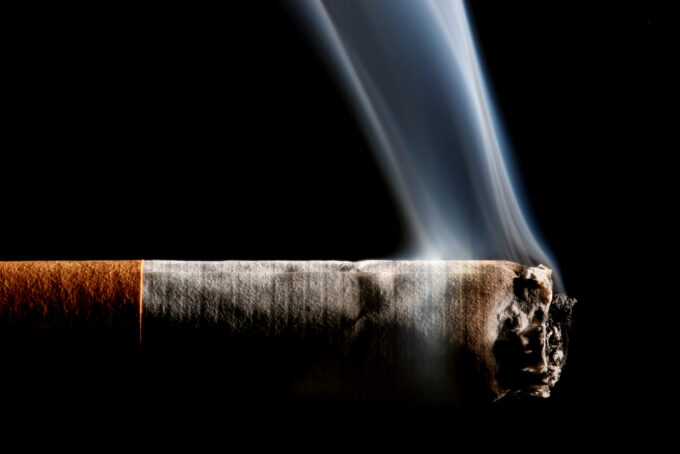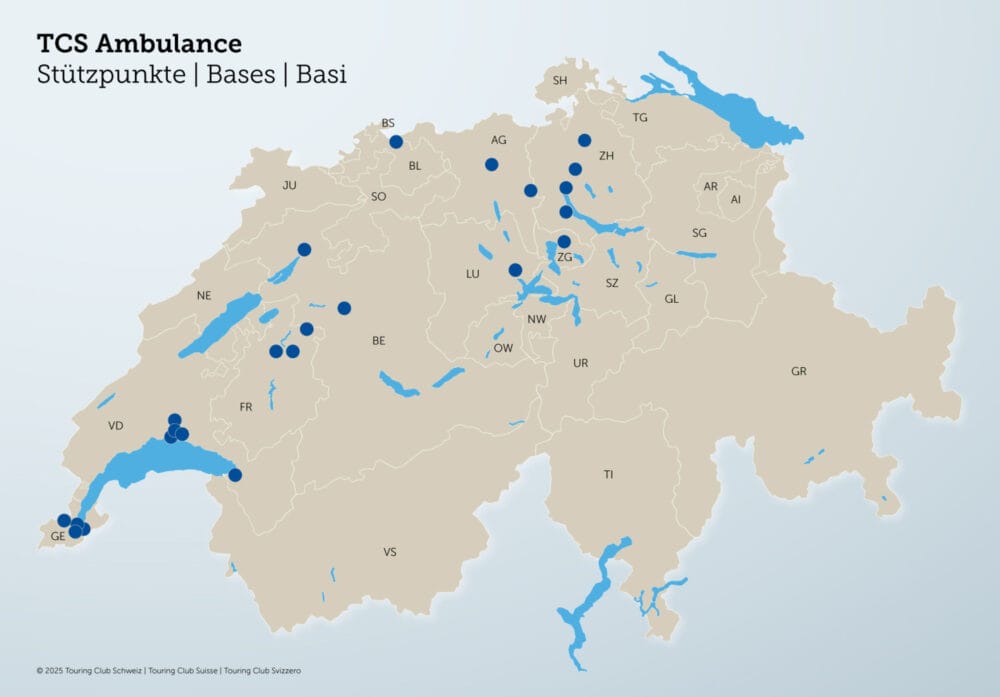Reusable protective textiles for the operating room
More environmentally friendly and convenient: reusable protective textiles offer advantages over disposable garments. Special gentle reprocessing procedures are required to ensure that they retain their protective function as a germ barrier.

In order for reusable protective textiles such as surgical textiles to do justice to their task, they must meet certain requirements. The primary function of surgical textiles such as surgical gowns or drapes is their barrier effect, i.e. the prevention of germ transfer between the surgical team and the patient.
In terms of their primary function, disposable products perform the same as reusable products, but when the overall package is considered, they have decisive disadvantages. Reusable surgical textiles score above all when thermo-physiological wearing comfort is required with a high level of protection.
In addition, they are more environmentally friendly in use, since - quite unlike disposable surgical textiles - they do not generate a huge volume of waste. This issue in particular is becoming increasingly important in the healthcare sector.
Function preserved
To reinforce the positive aspects of reusable protective textiles, scientists from the Hohenstein Institute developed surgical textiles with significantly improved wearer comfort through optimized textile-technological and physiological functions as part of a research cooperation. At the same time, the project partner researched wfk - Cleaning Technology Institute e.V. is working on specifically designed gentle reprocessing processes to ensure the permanent preservation of the functions of these textiles. To compensate for the comparatively higher acquisition costs of reusable protective clothing, they must undergo at least 50 cycles of use and reprocessing.
"As project manager Dr. Bianca-Michaela Wölfling from the Hohenstein Institute explains, "Care must always be taken to ensure that the reusable protective textiles do not compromise on wearer comfort. After all, wearing comfort is precisely the characteristic that positively sets disposable textiles apart from environmental friendliness. With the innovative reusable protective textiles, reusable now offers real added value."
Extend service life
This is because, on the one hand, resource-saving low-temperature disinfection processes enable potential savings in the reprocessing of reusable protective textiles, while, on the other hand, the reduced washing temperature and mechanics can not only extend the service life by around 25 percent, but also ensure that the functions are retained throughout.
Dr. Wölfling clarifies, "This means that the cost-benefit ratio of these reusable surgical textiles is clearly improved by the expected extension of their service life to now around 75 cycles of use and reprocessing."
The thoroughly positive outlook on reusable protective textiles provided by the promising results of this research project by no means extends exclusively to reusable surgical textiles, but is currently also being applied to other reusable products such as ward clothing.









